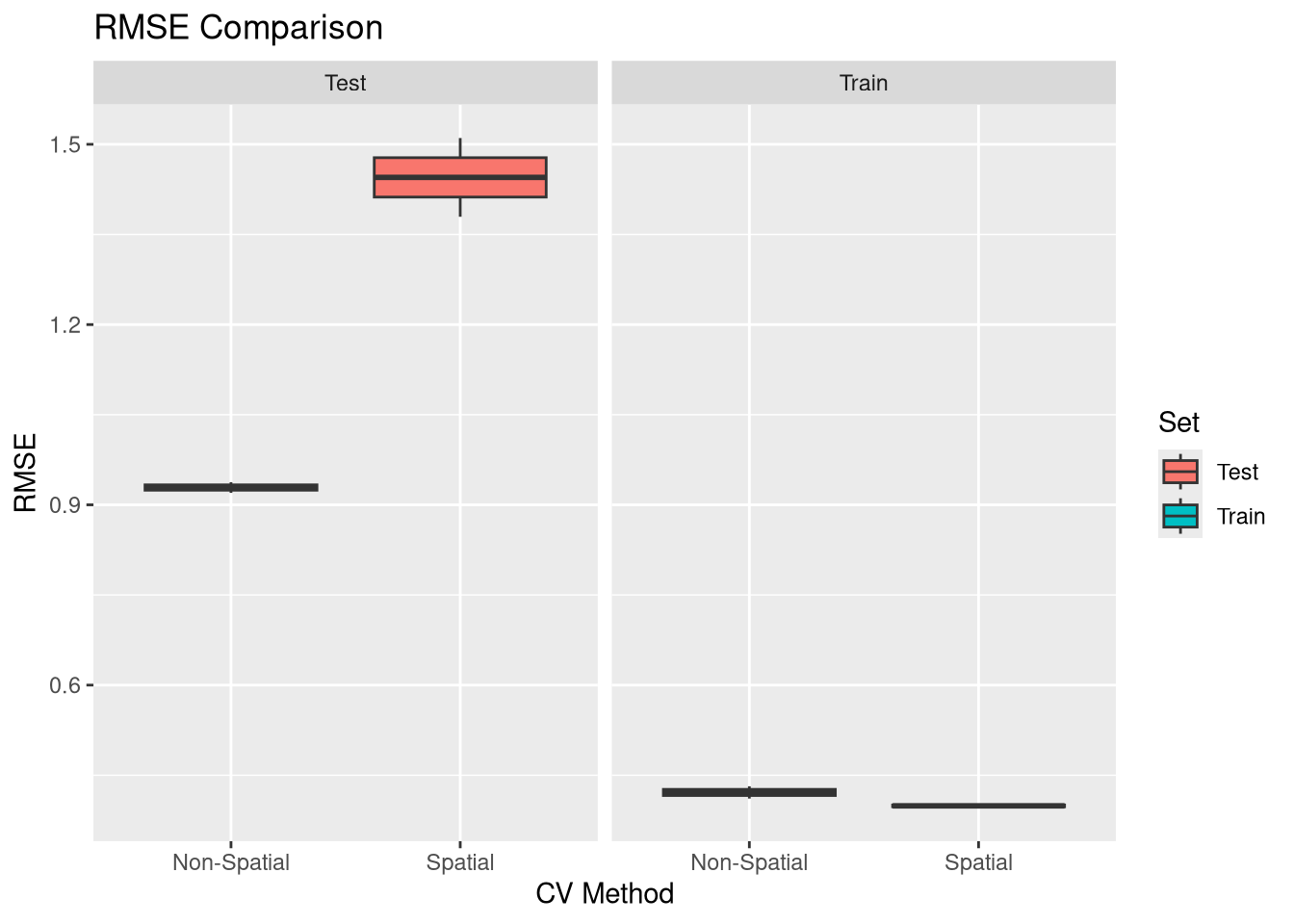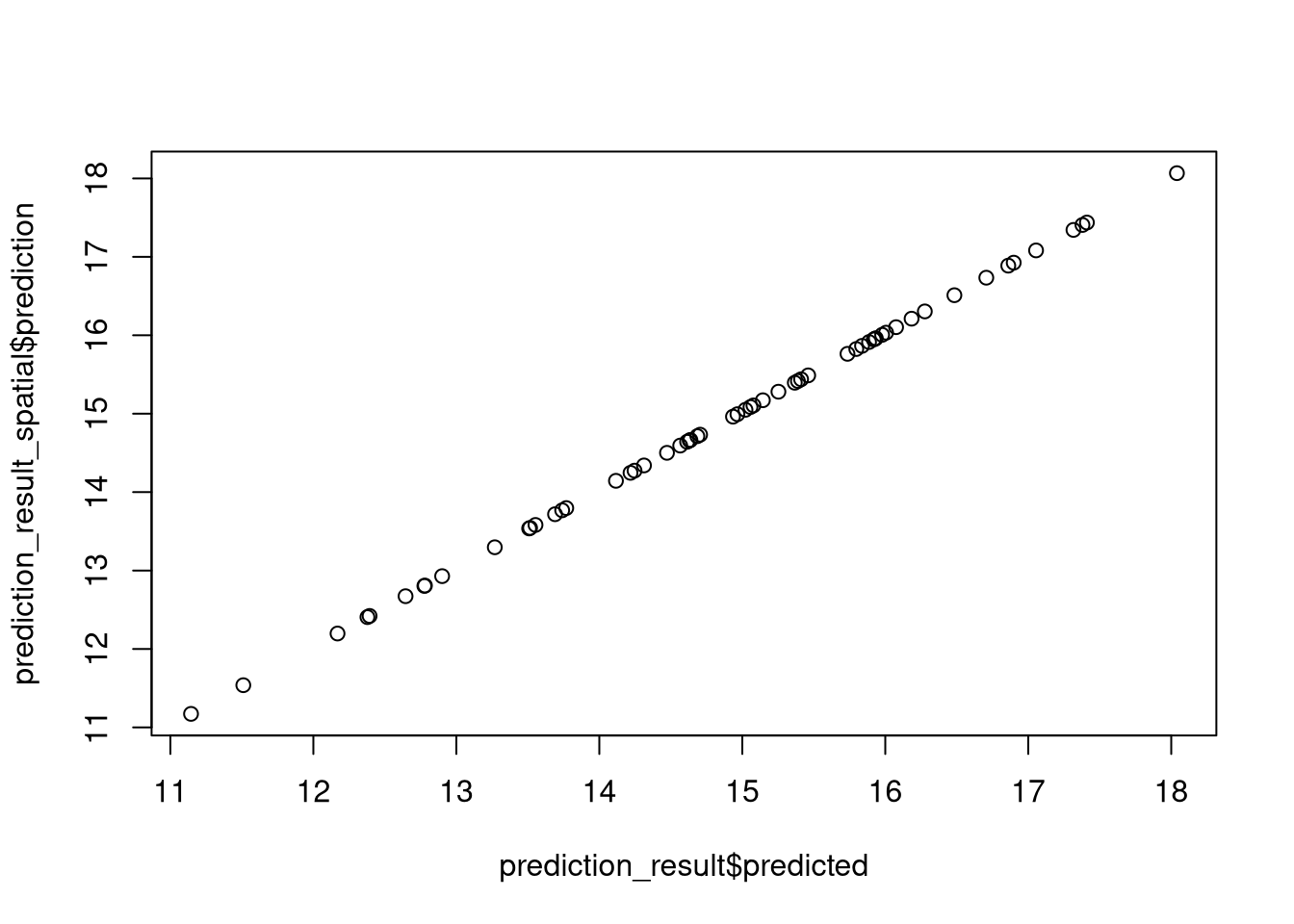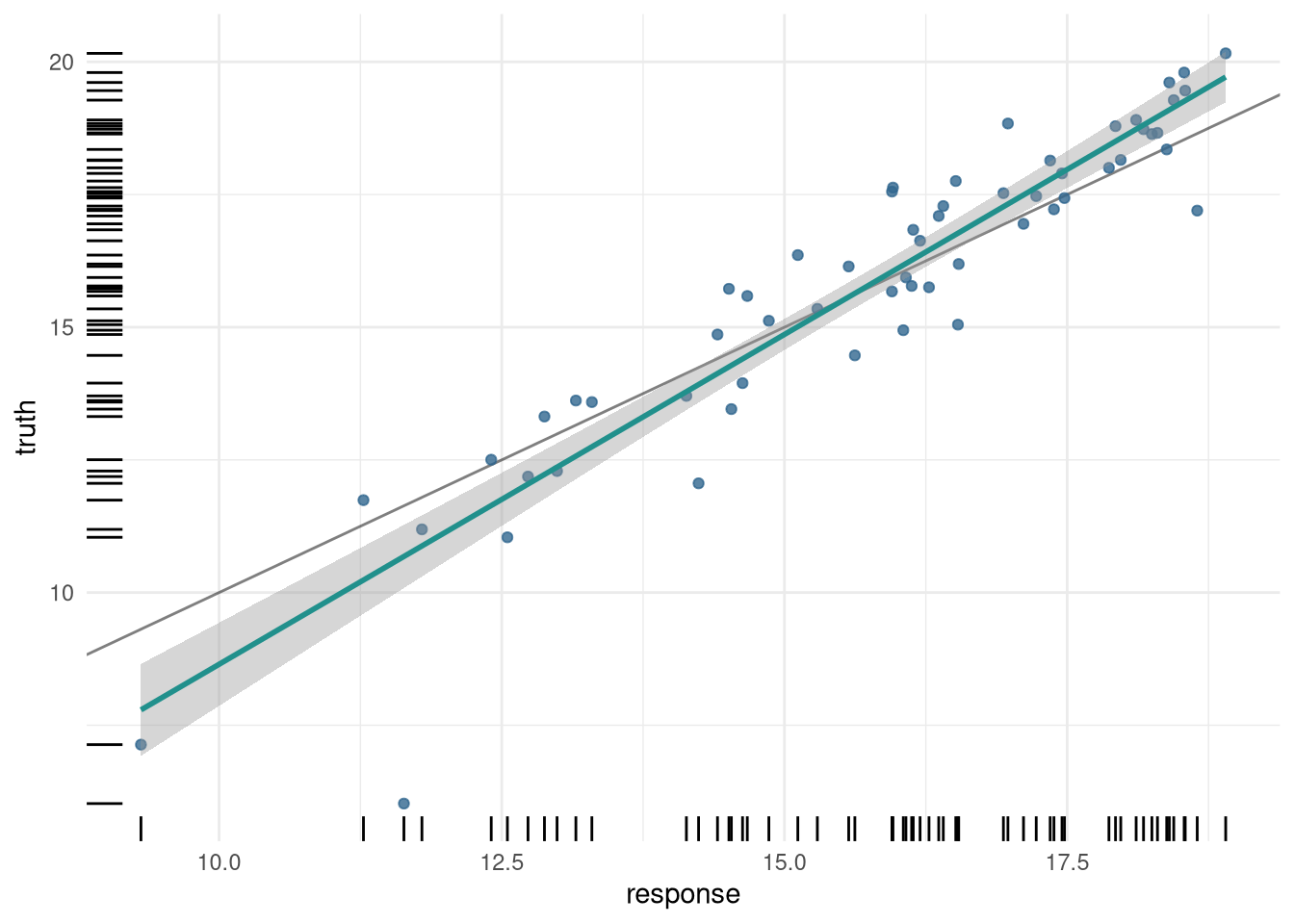
This is the sixth and the final blog post in a series on spatial machine learning with R. You can find the list of other blog posts in this series in part one.

This is the sixth and the final blog post in a series on spatial machine learning with R. You can find the list of other blog posts in this series in part one.
I missed this paper (Yuan et al. 2024) when it came out last year, but my friend and colleague Jeremiah Scott brought it to my attention. The bit on nuchal sesamoids in shrews is so good and so weird that I’m just going to copy and paste it in its entirety.
(This was buried in Part 5 of my 2011 review of the Sideshow Apatosaurus maquette, but it’s long deserved to be a post of its own, and now it is. I’m not adding anything new here, just extracting and reposting the relevant bits, for reasons that will become clear in a future post.
I say “semi-spoileriffic” because I’m not going to go out of my way to give away any plot points or creature details you couldn’t get from watching the trailers and TV spots, but if you want to keep yourself pure as the driven snow, you might want to save this post for later.
It crept out quietly under cover of darkness, but I’m pleased to say that today saw the publication of a new paper: Van der Linden, Tom T. P., Michael P. Taylor, Amy Campbell, Brian D. Curtice, René Dederichs, Lucas N. Lerzo, John A. Whitlock, D. Cary Woodruff and Emanuel Tschopp. 2025. Introduction to Diplodocoidea.
White rami are usually thicker than gray rami, and sometimes they are visibly different in color, but they are always the more lateral connections between the sympathetic chain and the intercostal nerves, and the ones you’ll see first when you peel off the parietal pleura.
Gotta say, watching Scarlett Johansson making eyes at Aquilops is not getting old. Screengrab from this clip, the good stuff starts about 6:19. This short clip from the Tonight Show is also pretty great. Aaaand Halloween costume: sorted. I already have everything I need! (…except the lifelike Aquilops puppet. Dammit.) I may get back to posting actual science when I’m not drowning in summer anatomy teaching. Three days to go.

This is the fifth part of a blog post series on spatial machine learning with R. You can find the list of other blog posts in this series in part one.
Most regular readers will know about DinoCon, a two-day semi-technical/semi-popular conference being run by SV-POW!’s own Darren Naish. (Darren is very much a silent partner here, and is much better known for his own blog Tetrapod Zoology, and of course for his technical work.) The first ever DinoCon will be this summer — Saturday 16th & Sunday 17th August at the University of Exeter.

The DataCite community includes repositories that have overcome obstacles that the whole community faces to create metadata that are very complete for four FAIR use cases. Over 3000 DataCite repositories were analyzed and ten Bright Spots are recognized for outstanding completeness above 49%. Congratulations and thanks to these repositories as great examples for all of us.

This is the fourth part of a blog post series on spatial machine learning with R. You can find the list of other blog posts in this series in part one. Aims of this post This post aims to give a minimal example on how to use mlr3 for a spatial prediction task. We want to get from measurements of temperature at specific locations in Spain to a spatially continuous map of temperature for all of Spain.